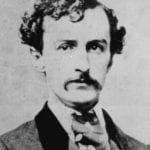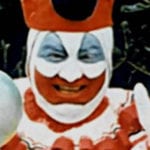 Technology
Technology  Technology
Technology  Our World
Our World 10 Ways Icelandic Culture Makes Other Countries Look Boring
 Misconceptions
Misconceptions 10 Common Misconceptions About the Victorian Era
 Mysteries
Mysteries 10 Strange Unexplained Mysteries of 2025
 Miscellaneous
Miscellaneous 10 of History’s Most Bell-Ringing Finishing Moves
 History
History 10 Great Escapes That Ended Right Back in Captivity
 Weird Stuff
Weird Stuff 10 Fascinating Things You Might Not Know About Spiders
 Food
Food 10 Everyday Foods You Didn’t Know Were Invented by the U.S. Military
 History
History 10 Odd Things Colonial Americans Kept at Home
 Weird Stuff
Weird Stuff 10 Superstitious Beliefs That Once Consumed Entire Cultures
 Technology
Technology 10 Scientific Breakthroughs of 2025 That’ll Change Everything
 Our World
Our World 10 Ways Icelandic Culture Makes Other Countries Look Boring
 Misconceptions
Misconceptions 10 Common Misconceptions About the Victorian Era
Who's Behind Listverse?

Jamie Frater
Head Editor
Jamie founded Listverse due to an insatiable desire to share fascinating, obscure, and bizarre facts. He has been a guest speaker on numerous national radio and television stations and is a five time published author.
More About Us Mysteries
Mysteries 10 Strange Unexplained Mysteries of 2025
 Miscellaneous
Miscellaneous 10 of History’s Most Bell-Ringing Finishing Moves
 History
History 10 Great Escapes That Ended Right Back in Captivity
 Weird Stuff
Weird Stuff 10 Fascinating Things You Might Not Know About Spiders
 Food
Food 10 Everyday Foods You Didn’t Know Were Invented by the U.S. Military
 History
History 10 Odd Things Colonial Americans Kept at Home
 Weird Stuff
Weird Stuff 10 Superstitious Beliefs That Once Consumed Entire Cultures
Top 10 Unpleasant Facts About John Lennon
When you’ve essentially been canonized as a modern secular saint, there’s no way not to be overrated to one degree or another. But in the case of the legendary John Lennon, the gap between the idol people worship and the real person is so enormous, and the accolades that come his way so over the top that it’s impossible not to try and mitigate the damage to some degree. The truth is, many people—young and old—all over the world model their lives and beliefs after the Lennon icon, and they really, really shouldn’t. Here’s why:
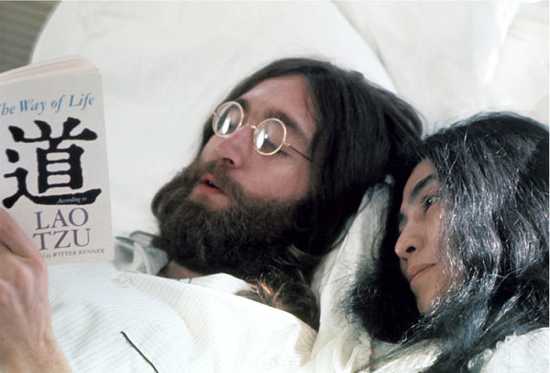
There’s simply no way of disputing this: the revered icon of peace and love had a serious problem with violence against women. This has been documented all the way back to his Liverpool days, and he eventually admitted it himself later in life. His first wife, Cynthia, and his second, Yoko Ono, were both victims of Lennon’s brutality at one point or another, and given that most men who regularly beat their spouses or girlfriends are not particularly discriminating about the object of their violence. It’s frankly impossible that they were the only ones. It seems clear in hindsight that the gentle icon the hippies worshipped was actually a man with very serious psychological problems who often flew into uncontrollable fits of rage, which he took out on the women in his life.
Read more about the controversial life of Lennon with the biography John Lennon: The Life at Amazon.com!
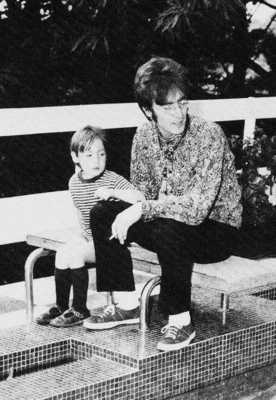
Without question, the greatest victim of Lennon’s character failings was his oldest son, Julian. Lennon clearly resented the young boy whose conception had forced him into a marriage he didn’t want and trapped him in a domestic routine he was too immature and narcissistic to sustain. Both Julian and his mother, Cynthia, have publicly stated that Lennon was alternately absent, indifferent, drug-addled, and generally unpleasant to be around during Julian’s early childhood. After he divorced Cynthia, Lennon took off with Yoko Ono and dropped out of his son’s life for years. After they reconnected, Lennon emotionally abused his son severely on several occasions, berating and screaming at him until the boy was reduced to tears. Once, Julian giggled, and Lennon shouted back, “I hate the way you fucking laugh!” Julian was not yet a teenager at the time. In perhaps the saddest statement ever made about Lennon, Julian later stated that Paul McCartney was more of a father to him than his real father ever was.
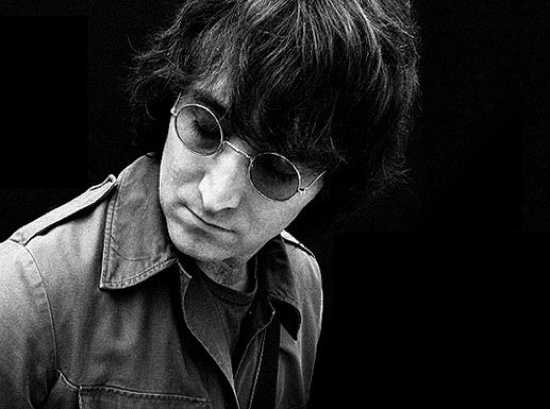
Put simply, John Lennon made up his own life—exaggerating, embellishing, and outright lying—when it suited him to do so. Usually, he did so out of pure egomania—a desire to make himself appear better than he actually was. Everyone does this to some extent, but in Lennon’s case, he rewrote almost every major event in his life to suit his tastes. He claimed he had been a working-class lad from Liverpool before the Beatles; he was actually raised in a comfortable middle-class home. He denied being married during his early years of stardom. He claimed to have met Yoko Ono at an art show, and their love blossomed spontaneously. In fact, Ono had stalked him for months before he gave in to her advances. He claimed to have lost interest in the Beatles due to Paul McCartney’s tendencies toward pop music and dominant role in the group, as well as his desire to do his more avant-garde work outside the band. In fact, he had all but left the band in its last two years due to a serious heroin addiction. When he emerged back into the public eye shortly before his death, he claimed that he had spent the time baking bread and being a stay-at-home dad. In fact, he had been living in a drug-induced haze most of the time. In all of these cases, the truth was embarrassing but no more than the kind of behavior many rock stars acknowledged engaging in during the ’60s and ’70s; Lennon compulsively lied about it anyway.
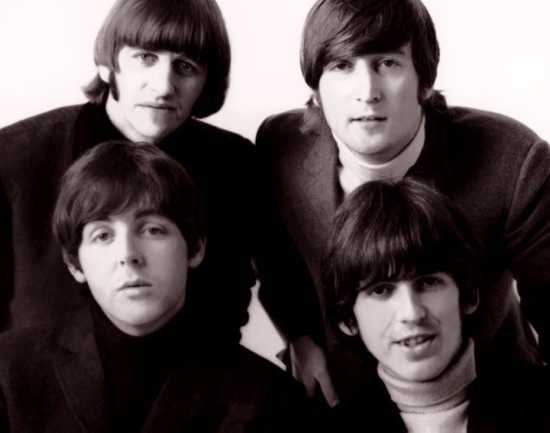
Contrary to later tales of a spontaneous break and/or the decision by Paul McCartney to leave the band, it was John Lennon who destroyed the Beatles. Certainly, all was not well with the band during the final years of the ’60s, but it was Lennon—and Lennon alone—who brought down the axe, announcing at an otherwise routine meeting that he was leaving the group. It was kept under wraps for some time, but no one was under any illusions about the ability of the group to go on without him. Essentially, Lennon’s departure made the death of the Beatles inevitable; it just took a year or so for the obituary to be written.
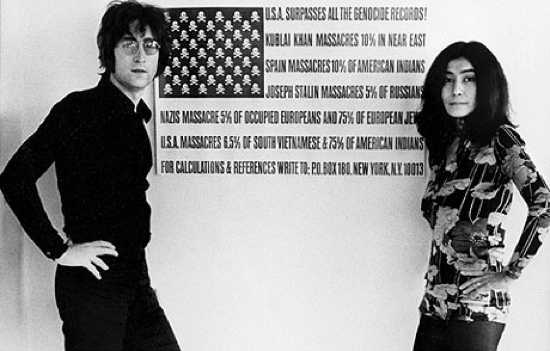
People tend to see Lennon as some sort of divine guru of peace and love because of his political activities in the early 1970s. The truth is that most of Lennon’s reputation as a political activist is based on photos of him with various ’60s radicals and his own press statements. He never actually did anything whatsoever of note in the political realm, and most of the radicals he cultivated thought he was an ignorant poser. The few things he did actually do, like giving money and publicity to violent groups like the Black Panthers, were nothing to be proud of.
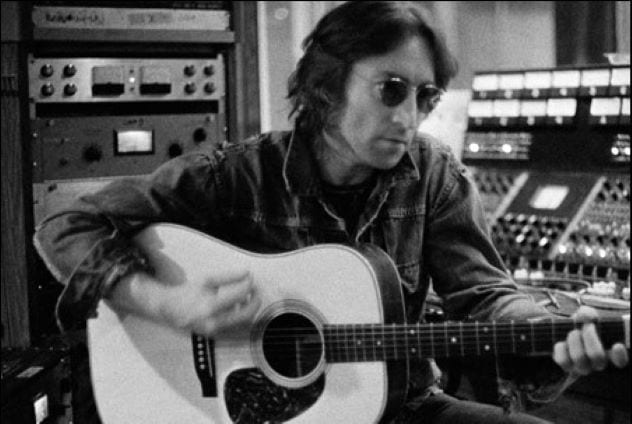
This is probably the most controversial item on this list, and, admittedly, it is an inherently subjective issue to some extent. Still, a very good case can be made that Lennon was remarkably under-talented even as a musician and a songwriter. First, he was, at best, an average guitar player, mostly confined to basic rhythm parts, and his piano playing wasn’t much better. As for his songwriting, yes, he wrote a handful of truly inspired songs, but as time passed and the nostalgic hype surrounding the Beatles began to fade, many of his works come off as silly and dated. Try reading the lyrics to “Strawberry Fields Forever” or “Come Together” sometime. They’re pure hippie psychedelic babbling—the kind of thing that passed for profundity in the drug-induced haze of the late 1960s. The only thing that makes them work is the terrific production, for which credit easily goes to producer George Martin and the other Beatles as much as to Lennon himself.
In fact, looking back on the Beatles legacy, one can make a pretty good case that both Paul McCartney and George Harrison (on the later albums, at least) were superior talents to Lennon in the songwriting department. The truth is, after about 1965, Lennon more or less dropped out of the Beatles. He had almost nothing to do with the Sgt. Pepper album, and most of what came after was—by everyone’s admission—largely at the behest of Paul McCartney. By the end, as you can see in the film Let It Be, McCartney was desperately trying to motivate a Lennon who simply didn’t want to be there. As for Lennon’s solo career, there are five or six memorable songs and the rest… Well, can you name a single track from the Sometime in New York City album?

In 1963, the group held a party to celebrate Paul McCartney’s 21st birthday at the Cavern Club in Liverpool. During the party, the club’s DJ, Bob Wooler, commented about Lennon’s recent trip to Barcelona with the band’s manager, Brian Epstein. This really pissed Lennon off as Wooler had alluded to a sexual relationship between Lennon and Epstein. Wooler referred to the trip as a “honeymoon.”
Although married to his first wife, Cynthia, at the time, rumors about a relationship between Lennon and Epstein had been circulating. Fueled by alcohol, Lennon lashed out and attacked Wooler. He continued to beat the DJ, kicking him repeatedly even as he lay bleeding on the floor. In a 1971 interview, Lennon recalled the fight and said, “So I was beating the shit out of him, and hitting him with a big stick, too, and it was the first time I thought, ‘I can kill this guy.’ I just saw it, like on a screen—that if I hit him once more, that was going to be it.”
Now you can act unpleasant too! Buy a pair of John Lennon Sunglasses at Amazon.com!
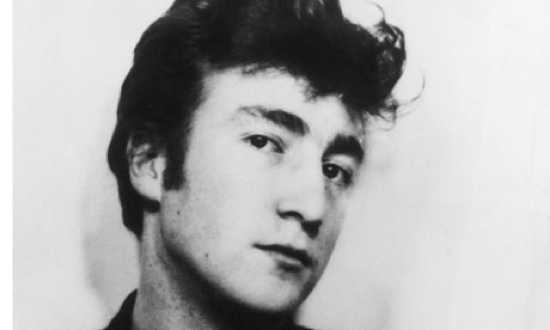
Despite his reputation as a freethinker following his own path, Lennon was an obvious case of someone desperate to fit in. Yes, he was trying to fit in with groups that were considered non-conformist, but conformism is conformism. Right from the beginning, Lennon was posing. Back in the day, the teddy-boy look was the in thing, so he showed up in leather jackets and a pompadour. Then it was the cute pop look. Then the psychedelic hippie thing. Then the angry avant-garde hipster. It never ended. Everything about Lennon, from his music and politics to the way he dressed, was an attempt to fit in with sub- or counter-cultures that already existed.
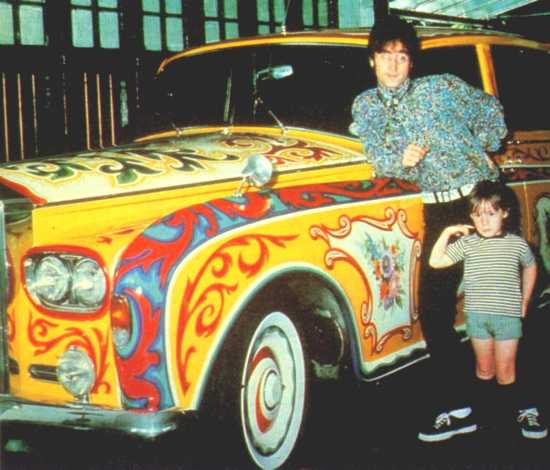
As much he liked to pretend to be a misunderstood artist following his own uncompromising vision, the truth is that Lennon pursued fame and fortune from the beginning. Even in the early days when the Beatles were a struggling bar band, he used to extol them by saying they would go “to the toppermost of the poppermost.” He happily went along with the Beatles’ haircuts, suits, and calculated image and the band’s innumerable media appearances, only denouncing it all as shallow and empty later in life when he was cultivating an avant-garde reputation. His relentless antics with Yoko Ono in the early ’70s now seem to be such a blatant plea for attention that one wonders how anyone took them seriously back then. And, of course, he never turned down any of the fat paychecks that came his way as a result of his fame and success.
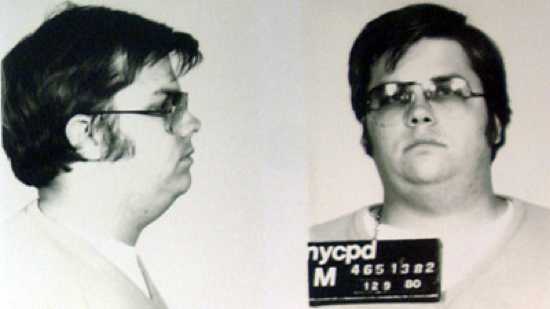
This is the toughest one and the hardest to say in public, mainly because Lennon’s murderer (above) cited it as his primary motive, but that doesn’t make it any less true: Lennon was a perfect example of someone who lived by the hypocritical dictum of “do as I say, not as I do.” As his critics sometimes point out, all you have to do is go straight to his songs. The man who sang “imagine no possessions” lived a millionaire’s life in a posh New York hotel. The man who sang “imagine no religion” was obsessed with every spiritual and New Age fad that came his way, including Hindu meditation, the I-Ching, and astrology of all kinds. The man who sang “all you need is love” was a bitter, violent, and angry man who abused his family and friends. The man who praised having “nothing to kill or die for” helped finance and publicize radical groups who extolled the use of violence. Quite literally, everything his fans see personified in the icon of John Lennon represents the ideals the man himself either couldn’t or wouldn’t live up to.
